I have a strain gauge with maximum output of 5mV. I want to amplify this signal 1000 times in order to use my DAQ system to read it (the analog input range is 0-5V for DAQ connector).
I have purchased a MAX9613EVKIT+ (schematic below). The default gain factor is 10, but I want to change the R5 and RC3 from 10k ohm to 1 Mohm to get a GF of 1000. The thing that I noticed is the input impedance for the analog input channels is between 500k and 1M. If I use a 1M feedback resistor, and assume 1M for connector, will I have 50% error on my gain? Or is only the R6 important for DAQ system?
In other words, is it OK to use R5=RC3=1 M ohm? What is going to be the error in the gain?
